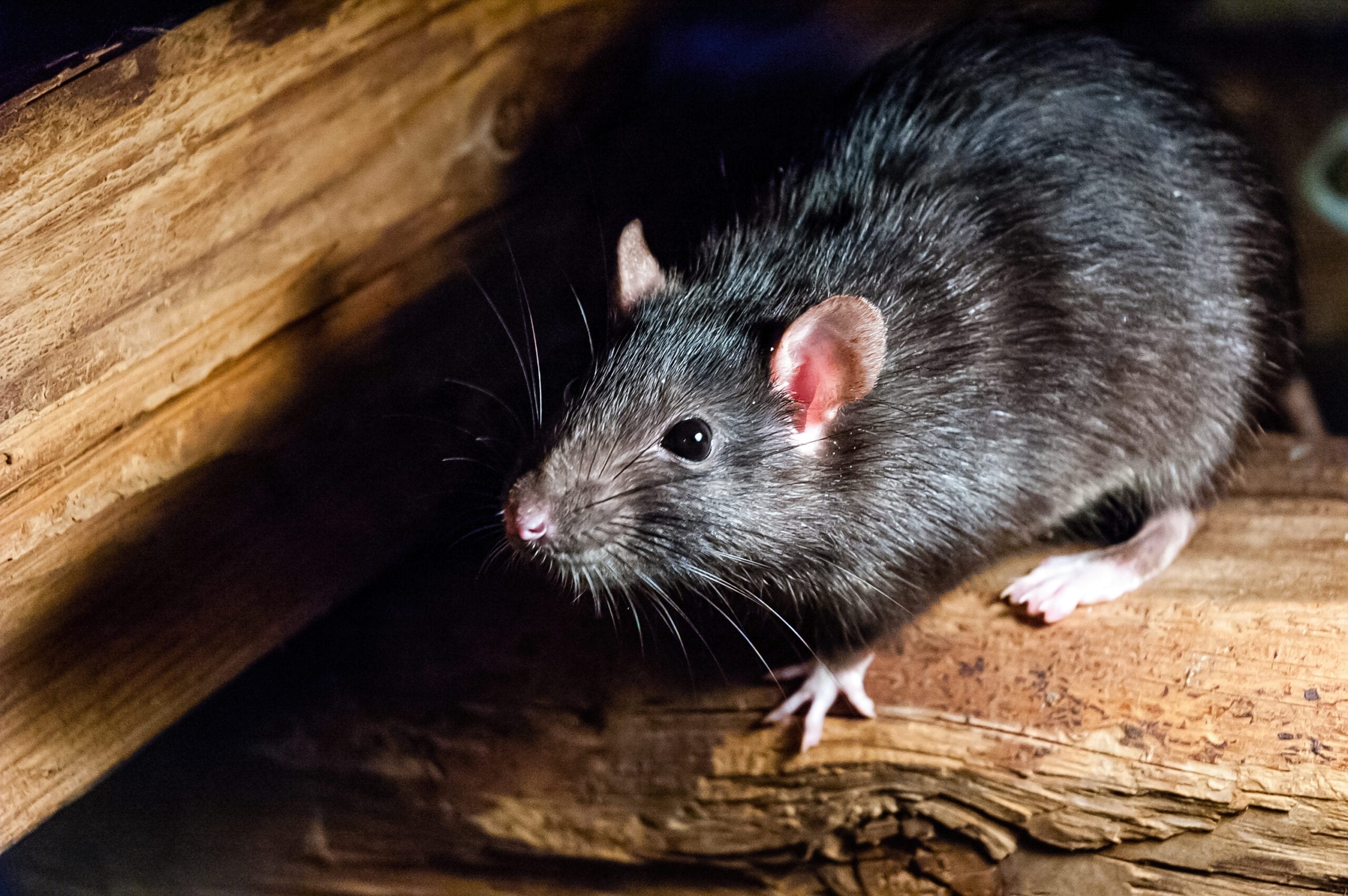Roof Rat Invasion
As the temperatures cool, roof rats may be trying to find warmth, which means they might make their way into places like the attic in your home. If you know what to look for, you can stop roof rats before they become a larger problem. Learning and identifying the signs of roof rats in your home or on your property can prevent a destructive infestation. They are notorious for chewing and gnawing to build their nests everywhere from within your walls and attic, to the engine compartment in your vehicle. This wreaks havoc on your insulation, home structure, electrical wiring and more. Not to mention the potential contaminants they may bring into your home, putting your family’s health at risk.
Spotting a Roof Rat in Arizona
Roof rats often measure up to 9 inches in length, with colors varying from white to dark grey. They have pointed noses, hairless ears and tails; you’ll notice black scales along their tail. They are stubborn creatures too, and will often avoid new objects in their environment for days, making them difficult to trap.
What makes roof rats such a problem for residents in Arizona is their reproductive rate. One litter can contain up to 8 offspring, and they may breed up to 5 times a year. Through generations in a given year, this can result in thousands of rats, all beginning from a single female.
Signs of Roof Rats in Arizona
Roof rats love fruit. The first well documented invasion of roof rats in the Phoenix area was likely due to the abundance of citrus orchards grown in the Valley. While citrus fruit may provide sustenance for a variety of animals in the area, there is a tell-tale sign that a roof rat has been helping itself to fruit trees on your property. If you notice quarter-sized holes in the fruit on your property, with the core hollowed out, this is direct evidence of roof rats. Other animals do not consume fruit in this way.
As their name suggests, roof rats prefer to be aerial. They spend the majority of their life above ground. They can often be found in home roofs and attics, and will use trees, shrubs, fences or power lines to travel. You may hear scratching coming from within your walls or attic, and if you notice damage to your eaves or inside your attic, roof rats may be the culprit. If you see them scurrying along fence lines or in trees, they may be navigating to and from within your property.
Roof Rats in Cars & Trucks
Roof rats are not limited to your roof or attic, and there are many documented cases of damage to vehicle engine compartments caused by roof rats. They build their nests quickly, and since your car or truck engine produced and retains heat, is elevated, and in a protected casing (your car) it is a perfect target for nest building. It may happen as suddenly as attempting to start your car one morning with no luck. Pop the hood and you may find roof rats have chewed through electrical wiring, rendering your car motionless.
If you notice signs of roof rats on your property or in your home, contact a professional pest control service like the experts at Bug Guardian for rodent removal immediately in order to diagnose your situation and remove any roof rat problems fast.

